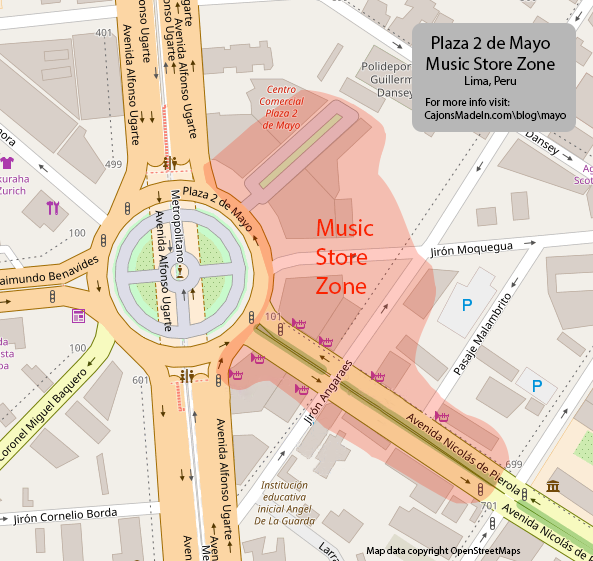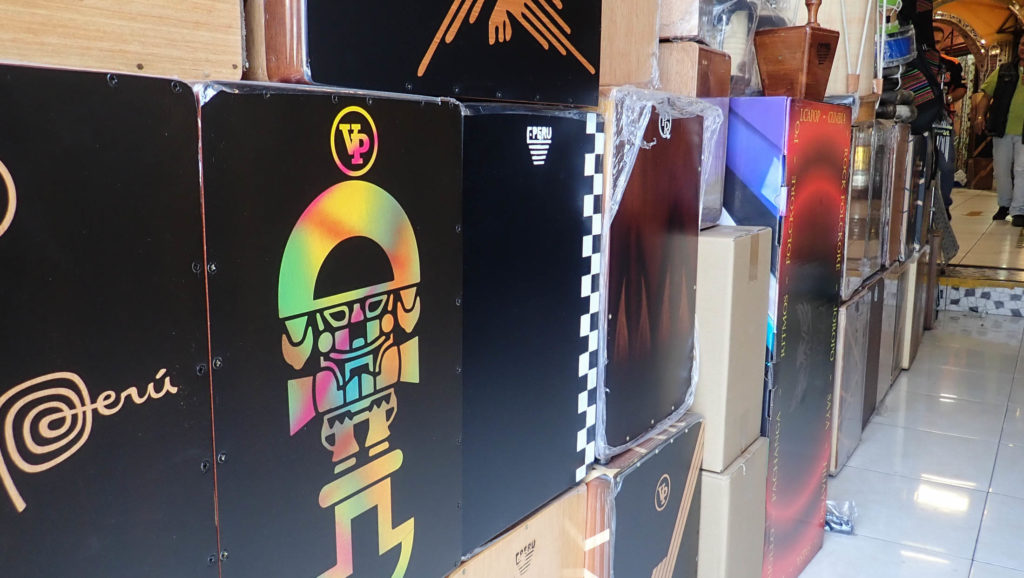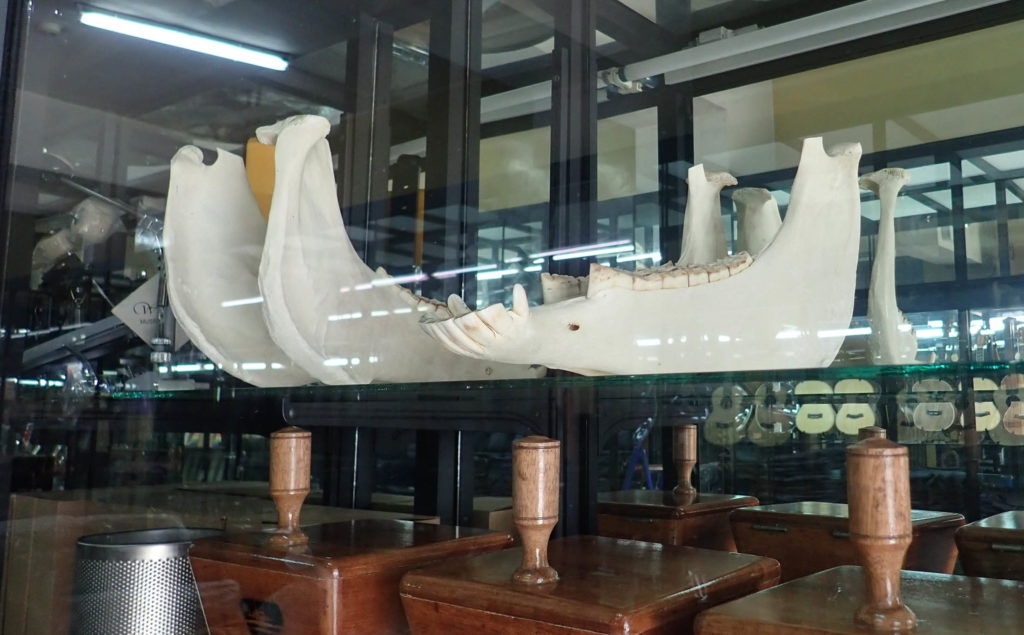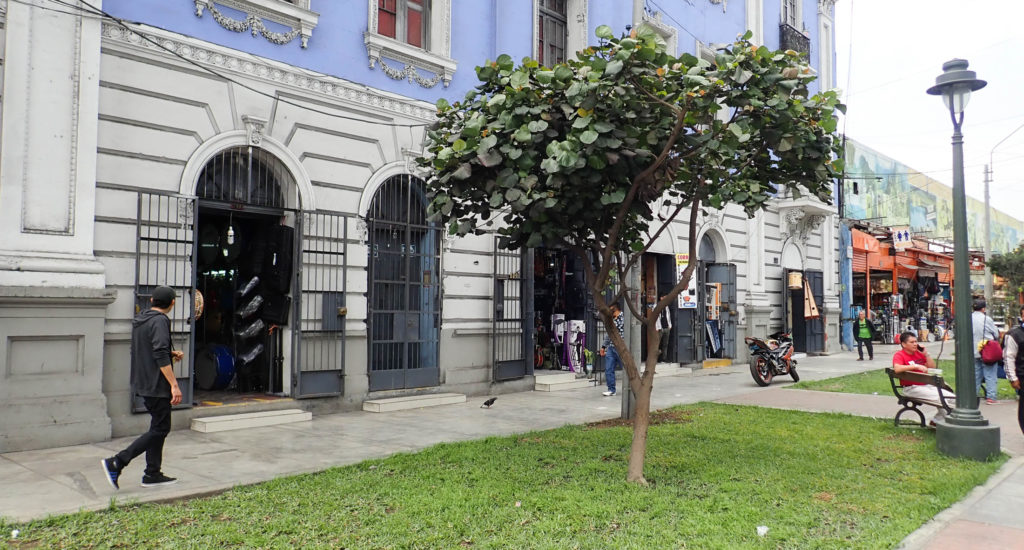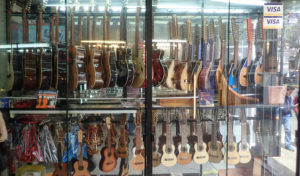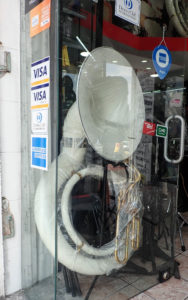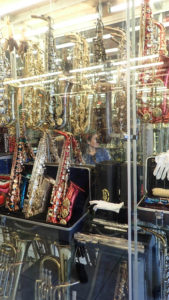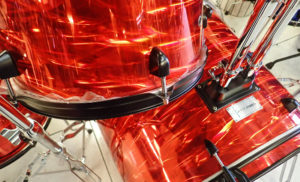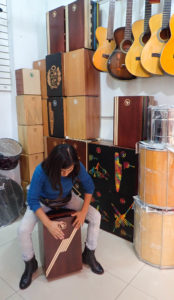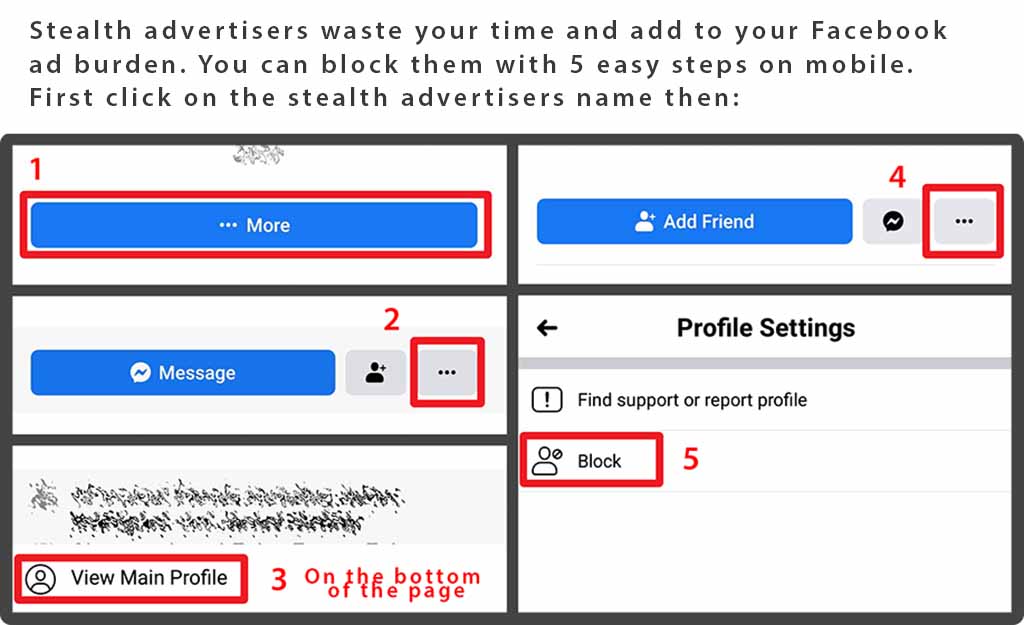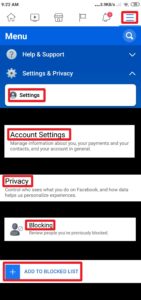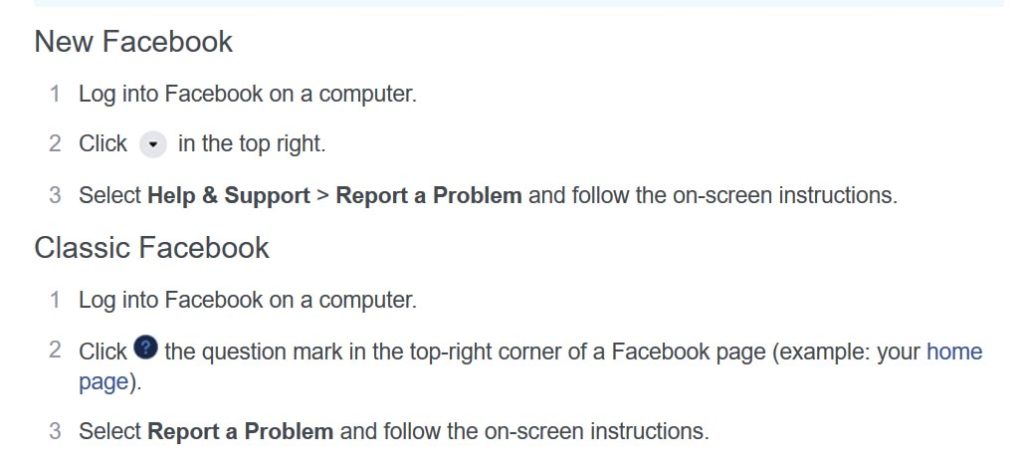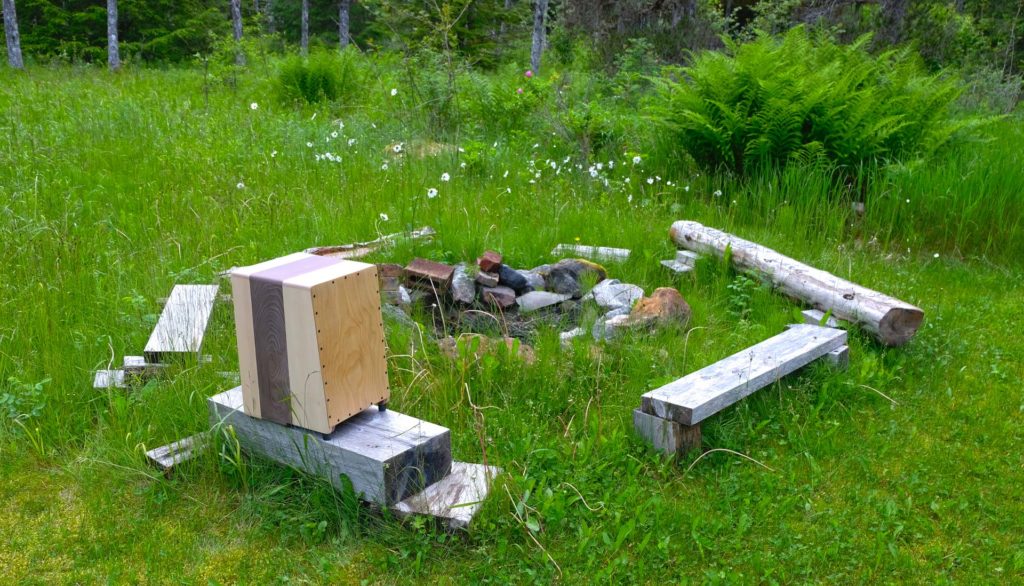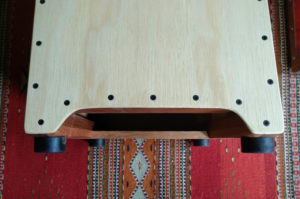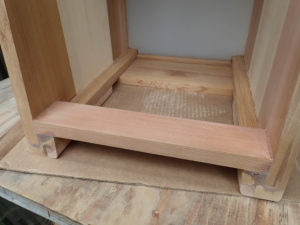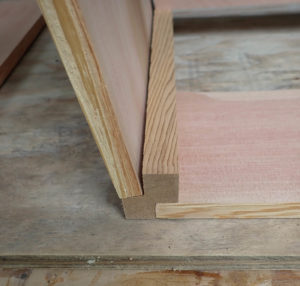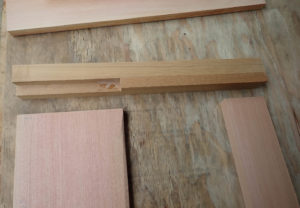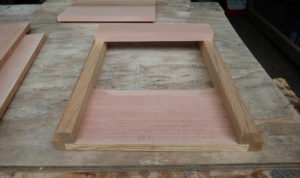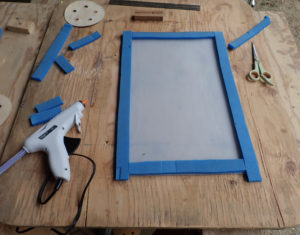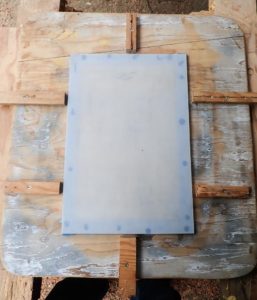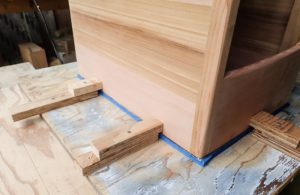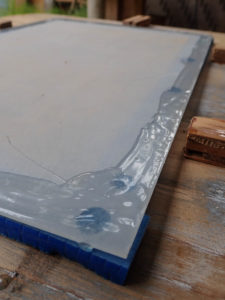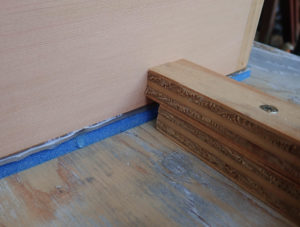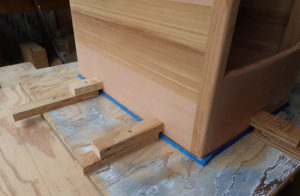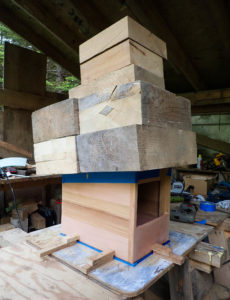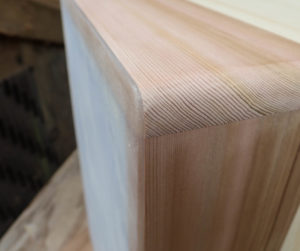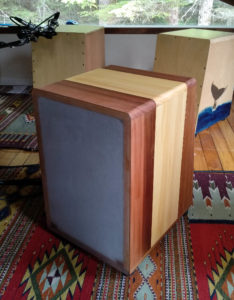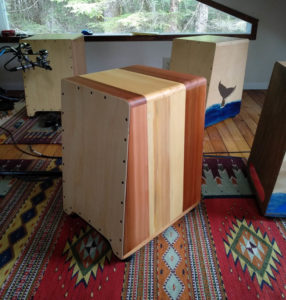Recently Chad Wellman asked the Facebook forum ‘Play Cajon’: “I built my own drum and I get asked what brand is it. When I tell them I made it myself I get good reviews. Should I start my own brand of cajon drum and sell them?” Here is the response I wrote to him, although I’ve updated it and will continue to update it as I find out more.
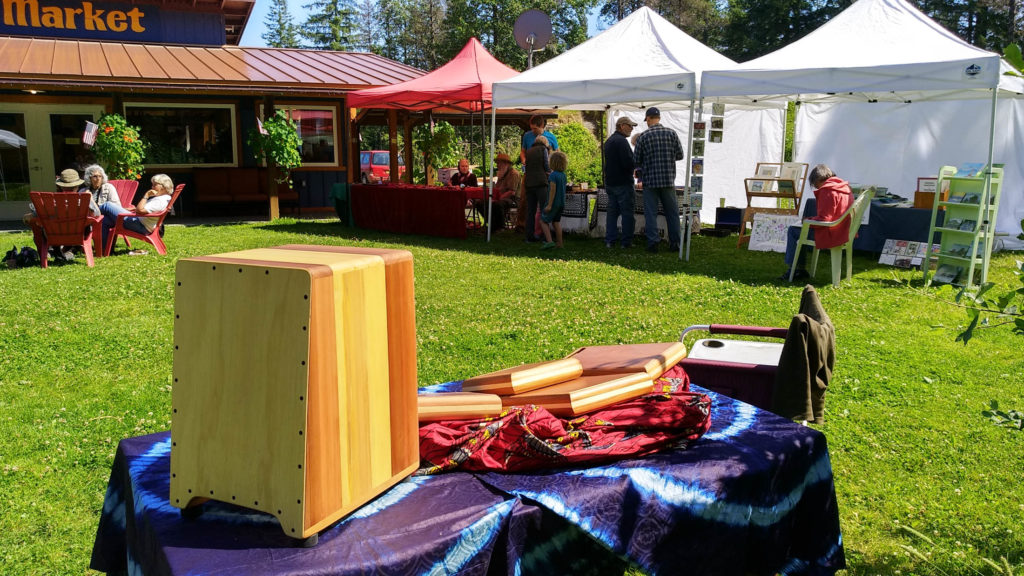
The answer is… yes, but here’s some info to help you understand the economics that will effect your business.
The biggest seller of cajons in the world dominates the market. In the USA just do an Amazon search, you’ll see who they are. Lets call them ‘Big Cajon’. What you won’t see on Amazon are any of the 45+ USA artisanal cajon builders. Big Cajon is so effective at producing, advertising and distributing its cajons that many musicians don’t even know there are other brands.
The 45+ USA artisanal cajon manufacturers fill niche markets. The successful ones seem to focus on several marketing strategies: musicians, churches, custom woodworking/sizes, children/education and ‘local’.
Word of mouth between musicians works: in California drummers talk about Kotz Cajon; in the northeast, Dozzi Cajon; midwest, Lewi Cajon; and in Alaska, Lefty. To use this strategy you’ll need some musician friends or you’ll need to visit with drummers and get your cajons out there. This will take time. Part of the appeal here is that you can build cajons appropriately sized and padded for use as a drummer throne. And USA folks tend to be big, you can size your cajons to fit. (Links to these the builders mentioned above are found at: https://www.cajonsmadein.com/cajon-drums-by-manufacturer.html)
Many churches in the USA have music as part of their services and small churches often use cajons for percussion. I think this is a tough strategy to focus on but it has worked for a few cajon builders.
“Custom” is a hot marketing strategy in the music world and is worth keeping in mind. There are many awesome woodworkers making cajons that are works of art, and fantastic instruments. DayDrums Cajon Co., Moravian Percussion and Custom Cajon Drums come to mind. I’d suggest looking at their websites and products to see if you will fit in that niche.
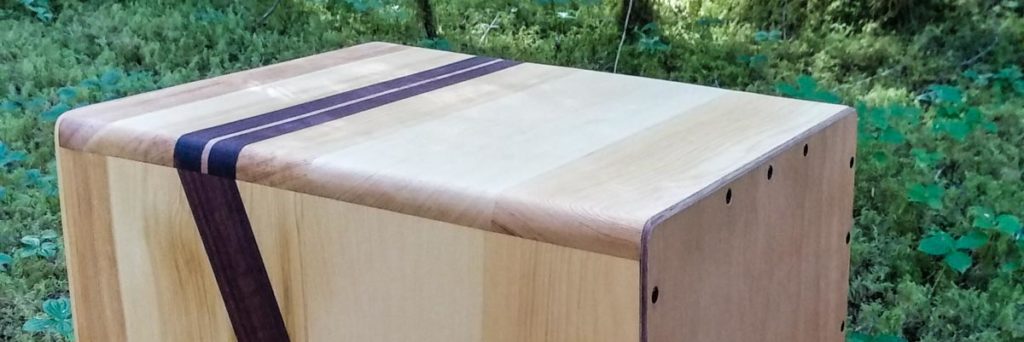
Cajons are a great way to teach kids about rhythm, timing and to build coordination and team work. Small cajons for kids is a real market but parents are usually looking for inexpensive options so for the custom cajon maker it’s probably not a the best strategy to focus on.
‘Locally made’ is perhaps the best marketing strategy. For example, “Made in Florida” sounds good and will appeal locally. And there are environmental sell points to locally made cajons: “Sure, you could ship a plywood box full of air half way around the globe, or… you could buy a cajon made in your neighborhood!” Locally made enhances and diversifies the local economy. “You probably can’t buy a locally made cell phone, but you can buy a locally made cajon. It’s nice to support local workers whenever possible.”
Locally sourced wood can also have a big appeal to local buyers. Don’t be fooled by the manufacturers who tout ‘Baltic birch’. Sure it’s a great option but some of the best cajons in the world are made in Peru from solid tropical hardwood. And many cajon builders around the world use local woods with great results. There’s a cajon builder in Costa Rica who advertises his products as made from sustainability grown trees, it’s a sell point that works for him.
There are millions of people in your nearby urban area. The key to success is to get your product known locally. Sell your products at local craft fairs, music festivals and concerts. Donate your ‘extra’ cajons to your local schools, libraries and to small, acoustic music venues. Chat up musicians and leave your business card at local venues. On the internet create a Facebook page devoted to your products. Start a YouTube channel and add good videos demo’ing your cajons. Sell them on Reverb.com and Craigslist.
Big Cajon is owned by a very large musical instrument manufacturer, a big business that plays by the rules of big businesses. Most of their cajons are made in efficient factories in Asia. Their per unit cost for materials and labor is a fraction of what yours will be. They dominate the Internet market and the music store market for cajons. It is unlikely you will ever be able to effectively compete with them on a large scale. But at a local level you should be able to carve a niche, but it may take time and effort.
Don’t expect to get rich overnight building and selling cajons in the USA. Most USA cajon makers are passionate woodworkers/musicians who have found cajon building to be an enjoyable and creative way to supplement their income. However, there’s plenty of opportunity. Cheap factory cajons sell every day online and in music stores. To be a successful cajon maker in the USA you’ve got to appeal locally, appeal as a USA made product, tout your cajons as low carbon gifts and work hard at marketing. If you are seriously thinking of starting a cajon building business you should read this page about How to Sell Cajon Drums
In other parts of the world there are many full time cajon makers. It all depends on local demand, local economics, the quality of the build and the amount of time builders are willing to put into marketing their products.
These links might also be helpful: Cajons Made in the USA and the Best Cajon
Updated 2020-May-13

